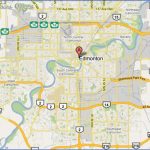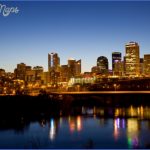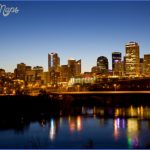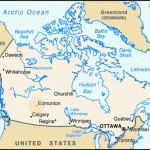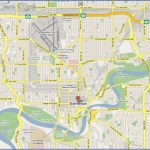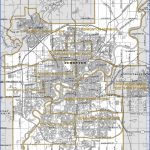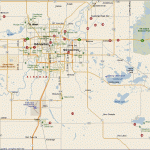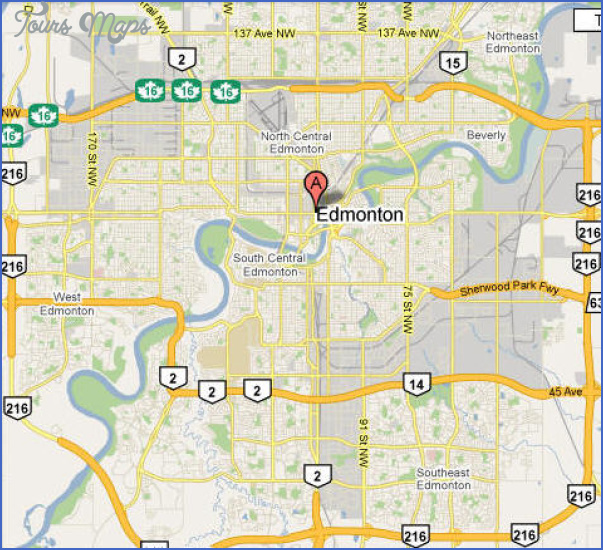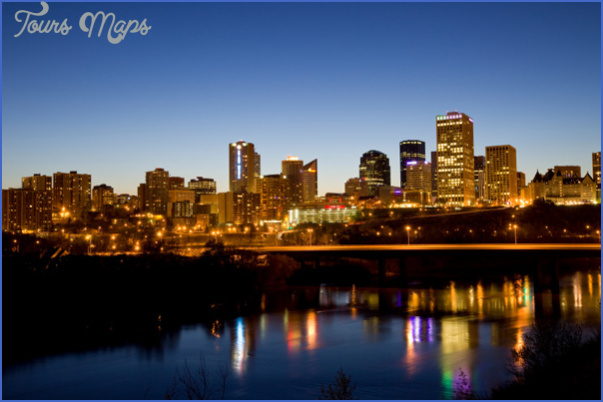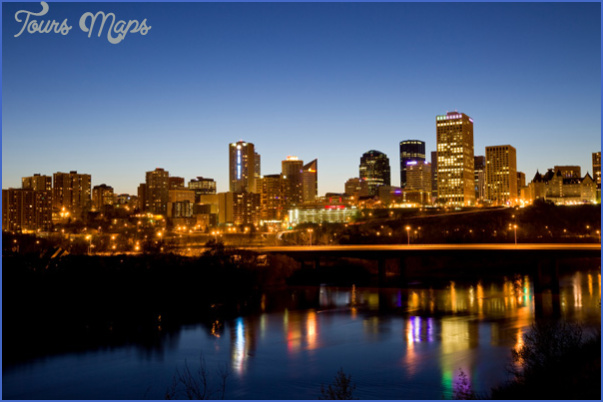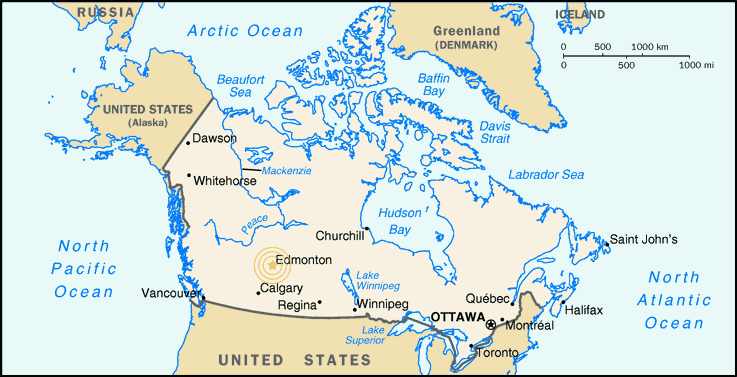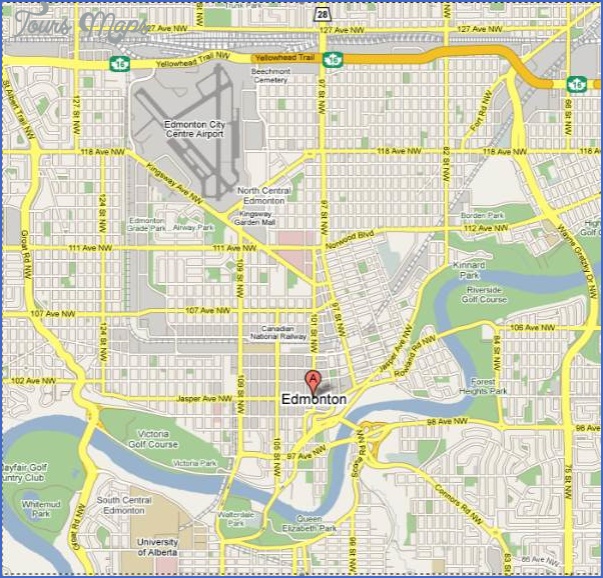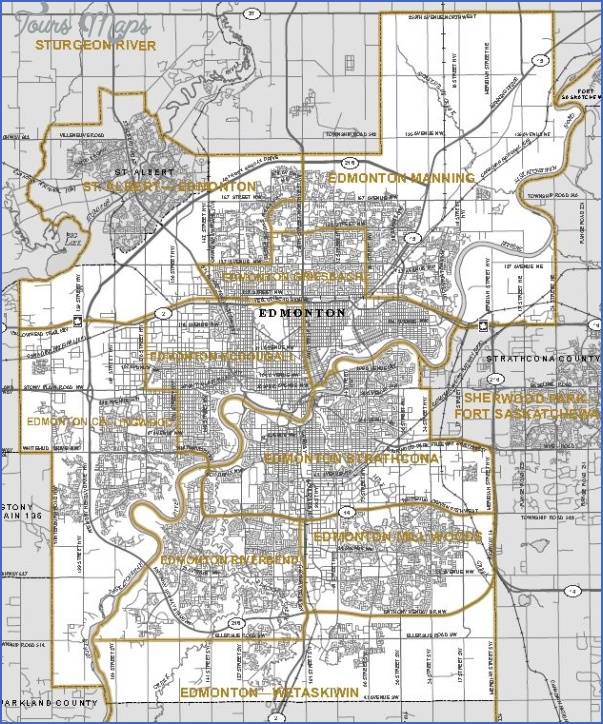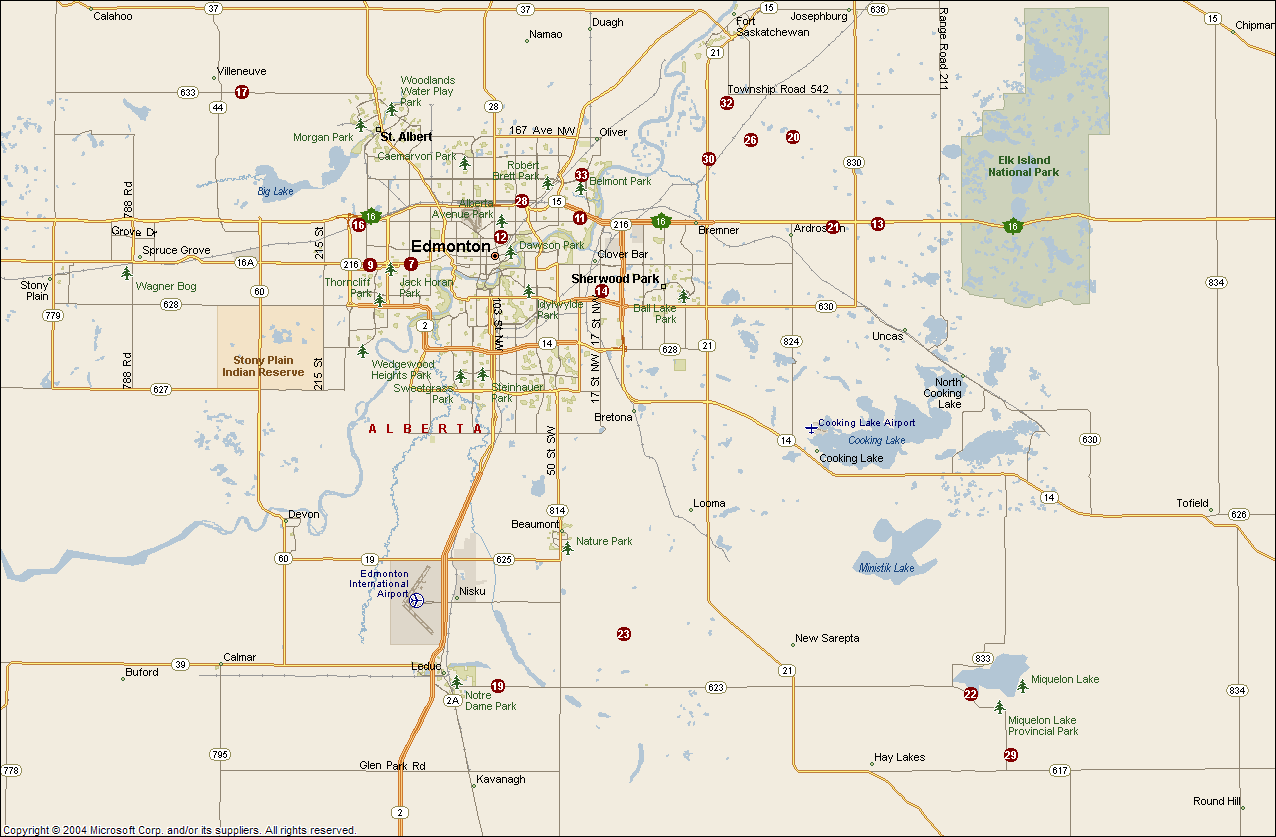NORTH OF EDMONTON
There are so many interesting things to see north of Edmonton, you may choose to make a loop of your journey or to take several trips to various point destinations. The northern routes include St. Albert, Morinville, and Legal, with their strong Roman Catholic missionary history, and encompass sites such as Mission Hill, Father Lacombe Chapel, and St. Jean Baptiste Church. The north is also home to Lois Hole Centennial Provincial Park, Alberta’s 69th provincial park and an officially designated Important Bird Area.
The Westlock, Barrhead, Fort Assiniboine, and Athabasca areas are rich in recreational opportunities, as well as pioneer and Klondike history. The Athabasca Landing Trail, walking history jaunts, and a selection of sandy beaches rival the sorts of attractions you might be willing to drive much farther to see!
ST. ALBERT
Directions: Travel north on St. Albert Trail, which becomes Hwy 2. Watch for the WELCOME TO ST. ALBERT signEdmonton and St. Albert are connected.
Distance: About 24 km, or 16 minutes, from Edmonton.
Info: 780-459-1500; www.stalbert.ca.
A growing city on Edmonton’s northwestern outskirts, St. Albert is an attractive bedroom community for Edmonton employees, and its population continues to increase. Branded the Botanical Arts City, it provides services for the extensive farming area north of Edmonton and also has much to offer the day tourist. The Sturgeon River flows eastward through the city of St. Albert, eventually draining into the North Saskatchewan River. Slow and shallow, it created the area’s placid, rolling hills. The Sturgeon River is marked on David Thompson’s 1814 map, though the Cree had another name for the river mi-koo-oo-pow, meaning red willow. Many sturgeon were once caught here.
More than 150 years ago, St. Albert became a settlement through the efforts of one of the first missionaries to come west. Father Albert Lacombe was an energetic member of the Missionary Oblates of Mary Immaculate (OMI). He wanted to minister to the Metis community formerly known as Big Lake and help them establish a farming lifestyle. Having a trace of Aboriginal blood himself, he felt that this fact would help endear him to Metis and Aboriginal peoples.
Before St. Albert became a Roman Catholic mission, many Metis tried to settle around Lac Ste. Anne, but the heavy soil, cool weather, and short growing season left them frustrated. In the early 1860s, Father Lacombe chose the area for a new missionary settlement, which Bishop A. Tache named St. Albert, after Father Lacombe’s patron saint. The spot was chosen for its proximity to Fort Edmontononly 14 kilometres away. The district’s grassy hills, wooded areas, river, valley, and distant lake were also appreciated. The rich black soil was easy to work with, and a forest fire had made the land easier to clear.
Spring of 1861 saw Father Lacombe, accompanied by a few Metis families, travel to the new site with four oxen, a few horses, a plow, and other tools. They brought a large bison skin tent to live in and use as a chapel until permanent buildings could be raised.
The new residents built houses, planted gardens, and constructed a bridge across the Sturgeon
River. They built a horse-driven mill in 1863 but before long replaced it with a water-powered mill. St. Albert grew quickly and became the largest community of farmers west of Winnipeg. The Grey Nuns moved from Lac Ste. Anne and set up a school in 1863, and settlers came from Quebec, creating one of the largest French-language communities in Canada outside Quebec. The province’s oldest non-fortified community, St. Albert was incorporated as a village in 1900, a town in 1904, and a city in 1977. Now almost 62,000 people live here. The city’s rich Roman Catholic heritage is apparent in the history of its education system Until 2012, Catholic schools were designated public schools, while separate schools offered non-denominational teaching.
The city’s historical significance is enhanced with an artistic presence. Both indoors and out, be sure to observe your surroundings with discerning eyes. Art abounds in St. Albert, thanks to its Art in Public Places Program As well as the unique sculpted benches found in the ACT Celebration Garden, look for murals, sculptures, and stained glass art. Particularly, note the St. Albert Children’s Legacy Mural on the back of the building at 22 Perron Street. The mural’s image is made up of 216 original paintings by local artists on the theme of the inspiration of growing up in St. Albert. Lewis Lavoie conceived and designed the project. Every summer, the popular ArtWalk features multiple art exhibitions in downtown St. Albert with featured displays changed monthly. Expect to see paintings in various media, as well as pottery, sculpture, stained glass, and other art forms. Galleries host artists, usually on the first Thursday of the month, from May to October.
You will find numerous opportunities to enjoy the outdoors through 445 hectares of natural spaces and more than 70 kilometres of trails. Western Canada’s largest outdoor farmers’ market is held in downtown St. Albert every Saturday from July through September. Annual events include the International Children’s Festival, Rock’n August car show and music festival, and Kinsmen Rainmaker Rodeo.
SIMPLE SUMMER FAMILY DAY TRIP Total driving time: about 3 hours
Depending on the age of children travelling with you, plan to picnic at the splash park in Red Willow Park in St. Albert or have a late picnic lunch near Westlock at the Edmonton Skydive Centre , where you can watch parachutists practise their sport. Hop back in the car and go to Long Island Lake Municipal Park to enjoy a variety of outdoor pursuits or just relax over a picnic before heading home.
St. Albert Grain Elevator Park and Train Station
Location: At the corner of Mission Avenue and Meadowview Drive in St. Albert. While northbound on St. Albert Trail (Hwy 2), turn left at St. Anne Street, right at Perron Street, left at Mission Avenue, then left again at Meadowview Drive.
Info: Interpreters lead tours of the train station and historical grain elevators. Open May and June, 9:00 a.m. to 5:00 p.m., and July to Labour Day, 10:00 a.m. to 6:00 p.m. Admission is by donation. Wheelchair accessible. 780-419-7354, or 780-459-1528 in the off-season.
Two wooden grain elevators reach for the sky in the St. Albert Grain Elevator Parkthe place to learn about the area’s agricultural history. Discover how the elevators were used to process, weigh, and grade grain. The 1906 Alberta Grain Company Elevator and the 1929 Alberta Wheat Pool Elevator are recognized Provincial Historic Resources. In 2011, both these important prairie landmarks underwent major restorations. The Rotary Train Station was built in 2005 as a replica of a 1920s station. This is the place to step into the world of train agents and Morse code, as well as pick up local maps and other visitor information. Look for the Founders’ Walk brochure, which guides a journey from the downtown Clock Tower to Mission Hill. The walk takes you past nine story panels that reveal the culture and history that helped shape St. Albert.
EDMONTON Photo Gallery
Maybe You Like Them Too
- The Best Cities To Visit in The World
- World’s 10 Best Places To Visit
- Coolest Countries in the World to Visit
- Travel to Santorini, Greece
- Map of Barbados – Holiday in Barbados

